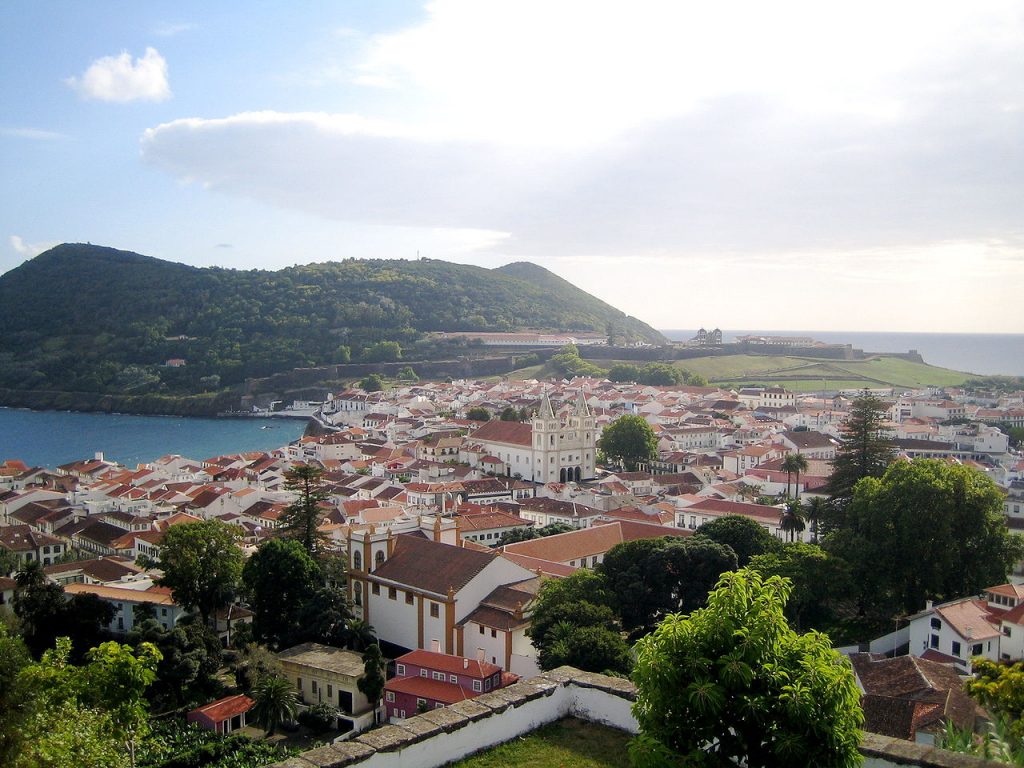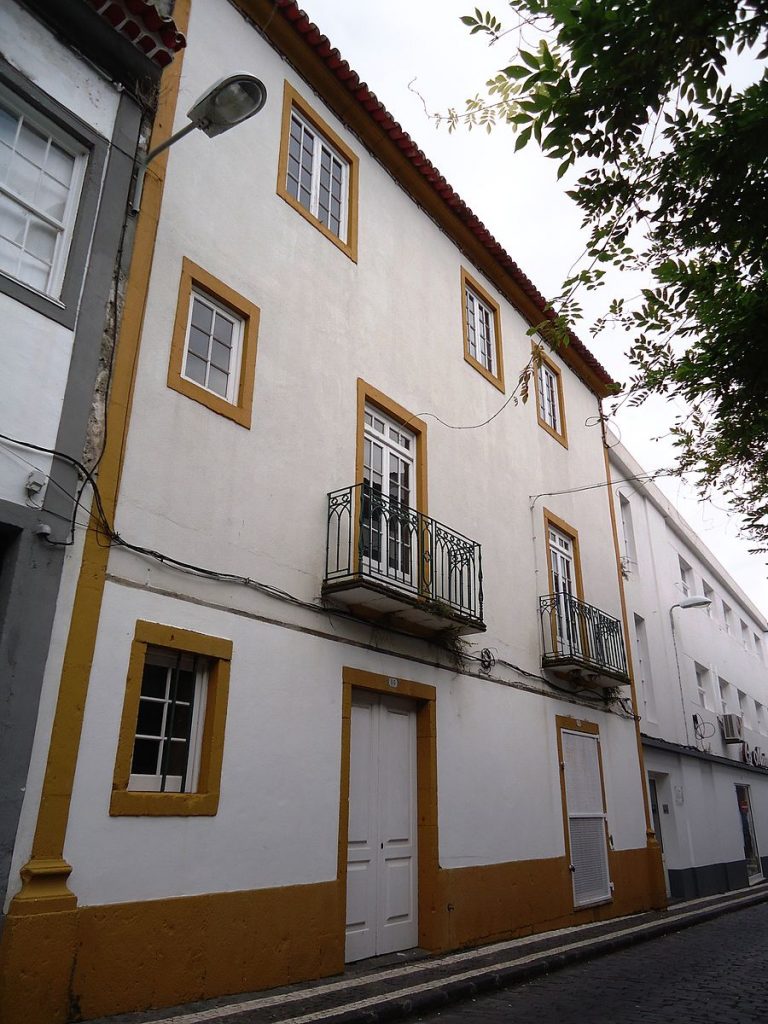
In 1815, North African Jews whose ancestors had been expelled from Spain came to the Azores. The island was duty-free and allowed them to import and resell to local businesses. In 1820, the Portuguese liberal revolution led to religious diversity.
In 2004, a genetic study concluded that 13.4% of the Y chromosome of Azoreans is of Jewish origins, a fact that suggests the importance of the Jewish presence in the Azores over many centuries. There are 3 major instances of the Jewish presence in the Azores. The first dates back to the original settlement of the Azores in the 15th century; the second takes place in the first quarter of the 19th century; and the third coincides with the Nazi period. During the Second World War, the Azores became a haven for German and Polish Jews who managed to flee Europe. Commerce was the main economic activity of the Azorean Jewish community.

The first documented Jewish settlement began in 1818; by 1848 the number rose to 250. Most of the community lived in Ponta Delgada. There’s also a Jewish cemetery in Santa Clara.
In an abandoned synagogue in the Azores, far from the historical centers of Jewish life, the Azorean Heritage Foundation, whose mission is to bring to light the history of the now extinct community of Sha’ar HaShamaim (Gate to Heaven) that was established in the town of Ponta Delgada in 1821 by a group of Moroccan Jews. The community’s small synagogue, which had been for years in disrepair, has been restored. The geniza materials -filling about 50 large boxes- have been recovered and deposited in the Municipal Archives of Ponta Delgada.
The contours of the community have begun to emerge thanks to the documents found in the geniza. Communal documentation and commercial letters confirm that this was a mercantile community dominated by a few wealthy families. It was a distinctly North African community, but strongly oriented toward Europe. A commercial letter discussing trades in textiles mentions Liverpool, Lisbon, and Hamburg as cities that were part of the trade network.
The community thrived for generations, but in the 1940s, its number had so dwindled, through emigration and conversion, that the synagogue did not have a minyan.
In February 2014, on the island of San Miguel, the restoration of the synagogue began. It was built around 1820, and consecrated in 1836. It is Portugal’s oldest synagogue, built after the Inquisition.
The synagogue, which had held services in the 1950s, is located on the upper floor of a building that also included the rabbi’s house. The narrow building has plain walls, arched windows, an ornate chandelier, and wooden fixtures, including the Ark, benches, a bimah, and wall panelling. The restored synagogue includes a museum and library in the building’s complex. In 2009, the Lisbon Jewish community donated the synagogue to the Ponta Delgada city hall, on a 99-year concession in exchange for guarantees that it would be restored.
In addition to the cemetery, you can find Jewish cemeteries on the islands of Terceira , and Faial .